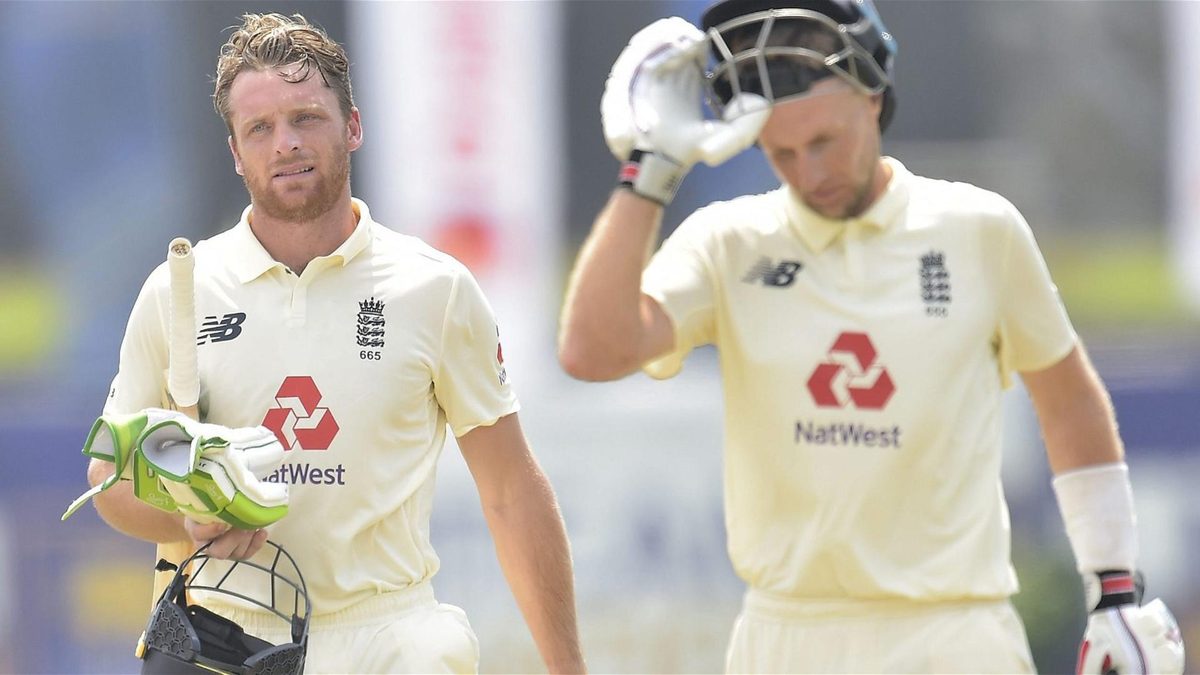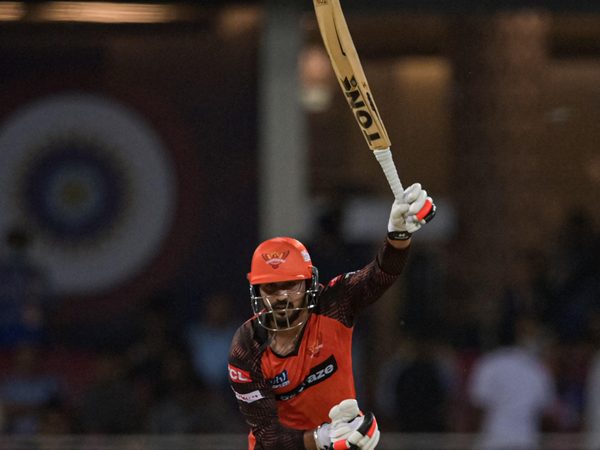
Wisden Cricket Monthly editor-in-chief Phil Walker considers whether England’s laudable rotation policy might nevertheless exacerbate the problems it aims to prevent.
Picture the scene. The outfield at Chennai’s venerable Chidambaram Stadium, late afternoon, February 9. England’s sweat-soaked middle-order prop each other up by the side of the sponsors’ hoardings. Jos Buttler is still in his pads, his 93* in the second innings nailing a chase for the ages to blow the series wide open. He’s kept beautifully too, his glovework, just as it was in Sri Lanka, exemplary. The Player of the Match is a given. The Ducati is his.
The following morning he’s on a flight to London, back to a grounded country where he’ll watch the second Test on his flatscreen at home, before returning to India on the 23rd, a little less than a fortnight after leaving. Upon his arrival, he will be shunted back in quarantine for six days, bound to his hotel pad through the duration of the third Test. Mercifully, his isolation period will end a few days before the start of the fourth Test, but by then he’s ensconced with the limited-overs boys, who were also on that flight with Buttler that left on the 23rd. And so, on the morning of March 4, when Joe Root walks out with Virat Kohli for the final Test of the series, Buttler, in the prime and form of his life, will wander to the nets to hit a few more white cricket balls.
Buttler is due to miss the last three India Tests, and Jonny Bairstow – along with Sam Curran and Mark Wood – the first two. This means that two of Root’s best four players of spin will miss five Tests between them. However we slice it, that’s a huge loss from a marquee series. India away may not quite carry the all-in, top-of-the-news jeopardy attached to an Ashes pageant, but it’s the toughest assignment of the lot. India have lost only once at home in nine years. That’s not one series. That’s one Test match.
Root knows this. He knows too that in this ‘defining year’ of his reign (the tag’s become a cliché) he will have to navigate the distinctly-improbable with an under-strength team. Root, publicly at least, is already resigned to it, conceding after the second Sri Lanka Test that while “any captain” wants his best players there as often as possible, “because of the world we’re in right now it’s not feasible. We have to manage that the best we can”.
Undetachable from this puzzle is the point that no cricketer should be expected to play every single match of England’s cluttered year. There are just too many lined up, with too few opportunities to sleep in one’s own bed, for the wellbeing of those involved to be guaranteed. Only those of a mind to start sentences with ‘in my day’ need be flustered by the chief selector Ed Smith’s fundamental argument that “selection principles have to flex, given the circumstances and the amount of cricket England has”. The question is not whether flex need apply, but how much, and when.
It’s an unenviable juggling act, for which Smith and the management group must not be judged too harshly; as Nasser Hussain said on Sky recently, it’s a knotty dilemma tied up with being “fair to the public, winning what’s in front of you and long-term planning all year”. The removal of the JBs is no act of self-preservation. There’s not much job security in actively weakening England’s Test team. Smith says that the plans have been in place for a while, and that the players have been consulted throughout. “Pre-Xmas… we broke the India Test tour into two parts and [decided that] every multi-format player will be rested at some point. We’re continuing and honouring that policy.”
It’s in many ways a laudable approach. In sport, cricket has long led the way in matters of mental health and psychological strain. But in these two cases, with yet more quarantine periods demanded of their return to India, it’s legitimate to wonder if rather than easing the burdens already placed on them, we may unwittingly be exacerbating them.
There’s genuine gratitude (and much shared empathy) from the cricket public for the sacrifices made by the players both last summer and now. But when Smith insists that there is “real evidence” to support the notion that “this is the best way forward for English cricket”, they may want to probe the internal logic behind absenting Bairstow and Buttler from more than half of a massive Test series. Some may even argue that it’s less about the best way forward, than the path of least resistance. There are certain matches which are meant to carry such gravitas as to make them sacrosanct. As Hussain put it: “If the next Test after this [Sri Lanka] series was Brisbane in the Ashes, would we send our best side? So why, when it’s the first Test against India, one of the great sides, aren’t we sending our best team?”
And this is where it gets messier again. For the day before Smith’s press conference, the Rajasthan Royals media team did some of their own bidding, fluffing up some quotes and snaps to herald the retention of their own trio of England stars, Buttler, Stokes and Jofra. Buttler, naturally enough, was said to be “delighted”, declaring that he “can’t wait to link up” with the boys. Don’t worry, it’s not lockdown playing tricks on the mind: the last IPL really did take place just a few months ago. Well, this is the next one, slated for April and May, hot on the heels of, yes, England’s multi-format tour of India.
So this is what we’re left with, the tourists denuded of two of their bankers for much of a landmark Test series (in which, for what it’s worth, the winners stand a good chance of making the first World Test Championship final) in part because the IPL beckons. “We have made the decision to go into certain Test matches with some very, very good players not available,” admits Smith, who knows as well as anyone the realpolitik at play here, that the pulling power of a private league which long ago upended the old order of things is not to be challenged. He knows, too, that the soft-hands approach need also be applied to those lucky enough to be playing in it. As for the incoming arguments that England’s T20 stars should play as much of the stuff as possible in this, the year of the Twenty20 World Cup, they will stretch credulity. Neither Buttler nor Bairstow (nor Stokes or Archer for that matter) stand to gain much more in the skills-and-experience department from a few extra white-ball hits. Their games are as honed as they can be.
England’s think tank does a very good job of keeping those balls in the air. Its repositioning of white-ball cricket as equivalent in value and importance to Test cricket was a necessary shift which has helped deliver some staggering, era-shaping moments. Smith’s open-mindedness has served England well so far, and he has stressed that the set-up remains flexible to the needs of individuals. “We are still learning,” he says. Nevertheless, in the shadow of India’s triumph in Australia, and with Root seeking one more win to draw level with Vaughan, it will be hard to shake the feeling as we roll into Chennai that a series which could have been afforded the gravitas of an untouchable contest has instead had its corners cut and its edges softened.








